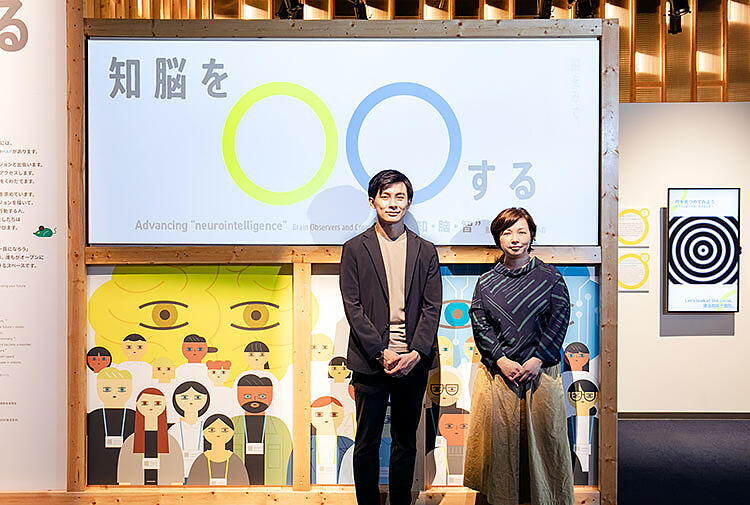
Miraikan exhibitions are designed so you can enjoy and experience science and technology topics. Under the new vision of "a platform for building 'the future' together", Miraikan's exhibitions are currently undergoing a change. Through the production process of this year's permanent exhibition, "Advancing 'neurointelligence' Brain Observers and Creators", we look at how to create a new exhibition through co-creation between researchers and the public.
We want to convey the "vision" of researchers
The "Visionaries Lab" on the 3rd floor of Miraikan is a new permanent exhibition area that encourages many people to draw their own "vision and the innovation drawn from it" together. "Advancing 'neurointelligence' Brain Observers and Creators", has been open to the public since March last year. This exhibition explores, with researchers and visitors, the "vision" that will be created through the fusion of brain research, and artificial intelligence (AI) research.
"This exhibition is quite popular. Would you like to try it ?"
Ryosuke Matsuya, a Science Communicator (SC), called out to me at a place in the exhibition area, where a small display and a keyboard instrument are placed. He has a background in neuroscience research at university and is the director of the exhibition, responsible for the planning and production of this "Advancing 'neurointelligence' Brain Observers and Creators."
Prompted by Matsuya, I played an improvised melody on the keyboard and selected one of the existing Bach pieces. After a while, I heard music from the speakers that sounded similar to the Bach piece I had chosen, retaining the atmosphere of the melody I had just played.
"This is a demonstration of our study to measure 'personality.' We are currently working on research to measure human personality through various types of 'creation,' such as music."
Next to Matsuya, Yumi Miyahara, the project manager (PM) of the "Visionaries Lab", added the aim of this exhibition.
"We wanted to create an exhibition that shows more than just research results. We wanted visitors to be actively involved, presenting the vision the researchers have, and what kind of world they want to create. The name 'Visionaries Lab' embraces this thinking."
The PM's job is to head the project and decide the primary direction of the exhibition. Miyahara is also the deputy manager at Miraikan's Office of Science Communication and has been involved in numerous exhibits as a "creator." As core members, Miyahara and Matsuya have produced and developed the exhibit for "Advancing 'neurointelligence' Brain Observers and Creators."
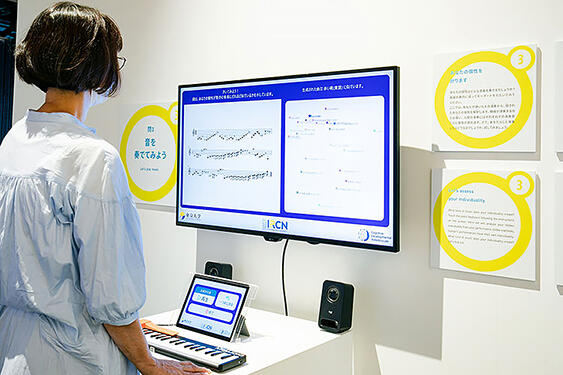
It all started with a workshop
In 2018, the International Research Center for Neurointelligence (IRCN), which had just been established at the University of Tokyo, approached Miraikan to "do something more innovative than the standard 'research institute public relations.'"
IRCN is a cross-disciplinary research organization that aims to understand flexible human intelligence and oversee new AI development, based on the understanding of the new concept of "neurointelligence." It was selected for MEXT's World Premier International Research Center Initiative (WPI).
Using the consultation from IRCN as a driving force, with the participation of NOMURA Co., Ltd. (NOMURA), which had been searching for a new way to display science exhibits, the three parties; IRCN, NOMURA, and Miraikan, began this ambitious project to create an unprecedented exhibition.
That's the "Advancing neurointelligence." part of the slogan. It was then decided to be the second-phase exhibit of the "Visionaries Lab" Miraikan was preparing at the time.
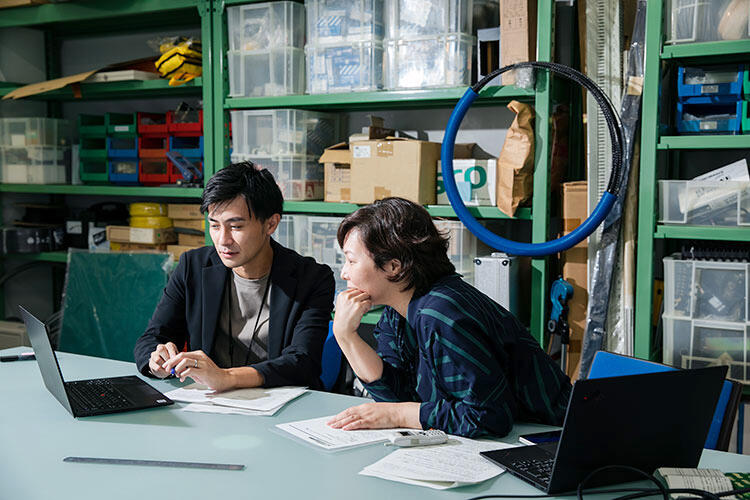
The project was off to a good start, but soon encountered the first challenge. The problem was how they should draw out and share the "vision" of the researchers who would be the center of the exhibition. It had been just over a year since the founding of IRCN. The "vision" was hard to define, because various values were being considered from researchers from diverse backgrounds.
To meet the challenge, NOMURA took the initiative to organize a workshop (WS) run by IRCN's young researchers. Matsuya said that this was a first for Miraikan in terms of holding a WS with researchers from the exhibition planning stage.
"About 30 researchers who participated in the WS differed in nationalities and research fields. Their 'languages' were also different, which made a conversation difficult at first. We, the Miraikan staff, also joined in and started by introducing ourselves, saying that 'we were doing this kind of research.'"
"What does the white box look like to you?"
Under such a situation, they tried a variety of things, like presenting their ideas in groups, holding an exhibit "ideathon (an event to compete over ideas under a given theme)," etc.
"As for the term 'neurointelligence', in the absence of a suitable Japanese translation, we discussed what 'neurointelligence' meant to researchers. To deliver the implied meaning to visitors, we proposed the Japanese word 'Chinou (知脳)' at the planning stage."
Not just "intelligence," but "intelligence + 'brain'": The word "Chinou" contains the intention of using AI knowledge to promote brain science and using brain science knowledge to create a new future.
As a result of repeated trial and error, communication among the researchers gradually became more active. New ideas for exhibitions began to emerge, one of which is a video exhibition called "What does the white box look like to you ?"
Actors act using the white box as a prop to resemble various things. Their facial expressions, movements, and the scene's development make the simple white box look like something else to the visitors, which indicates that humans understand "context."
"IRCN uses the unique characteristics of the human brain, such as individuality and imagination, as hints for research to create the next generation's AI. The exhibit represents the background of such research."
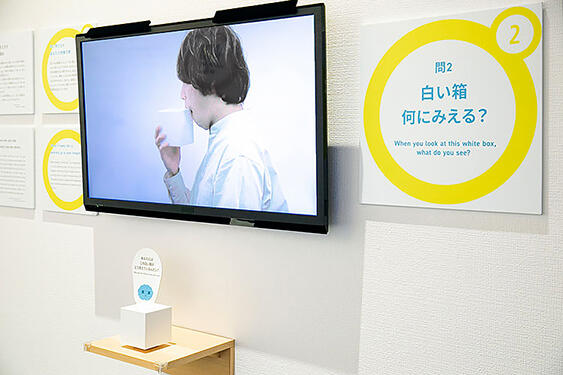
Production of an exhibition open to everyone
In the "Visionaries Camp," the first phase of the Visionaries Lab, we already adopted the method of starting the production of an exhibition from a workshop. However, the participants in the WS of the first phase were not researchers, but ordinary young people between the ages of 15 and 25. They discussed and created a vision on the theme of "Communication in 2030." This method reflects Miyahara's strong desire to "create an exhibition with a wide variety of people."
"In general, exhibitions are created by only a limited set of professionals, and only the result is visible to the outside world, which I thought was a shame. Conversations at the planning meetings are often the most interesting. I wanted to show that process to other people. I wanted to make room for people who are not directly involved in the exhibit production to participate. I wanted to produce an exhibition open to everyone. That way, I think people who see the exhibition will feel that 'what I am watching now is connected to me.'"
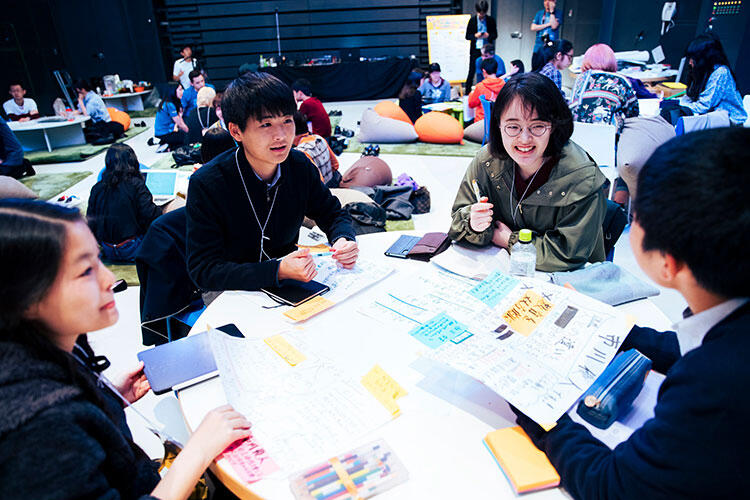
The "vision participating content" at the exit of the exhibition area is what actualized his thoughts in the form of the exhibit, "Advancing neurointelligence." On the screen, a question like "What is it that AI doesn't have yet, but humans do? It is ' x'." is displayed. When a visitor answers, what the person has spoken is animated and projected on the front wall. At the same time, it will be stored in a database and shared with researchers.
"I wanted to tell the researchers what the people who saw the exhibit thought," said Miyahara. Matsuya added, "Even a prank-like post could be a hint for new research for some researchers."
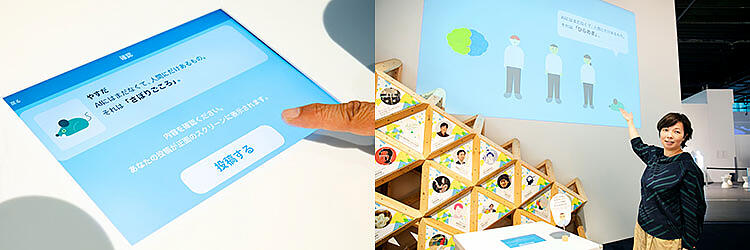
A half year after "Advancing 'neurointelligence' Brain Observers and Creators" opened, they received a host of suggestions from researchers who rediscovered the potential of "exhibitions." Some have already been put in place. For example, a researcher of linguistic development suggested creating an exhibit that would allow visitors to study the language acquisition process while enjoying games with sound. It is not only beneficial for research but also popular among visitors. They are currently planning some more exhibits.
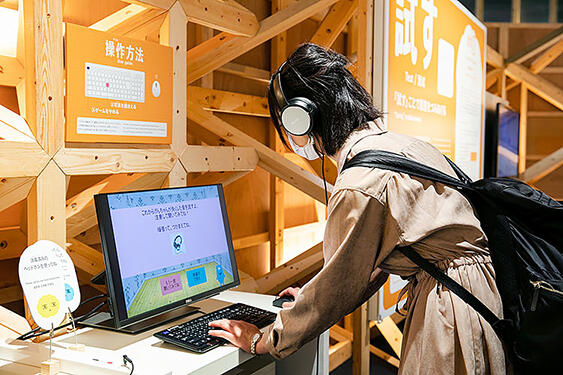
An impressive experience that "touches people's hearts"
Balancing between scientific accuracy and general understandability is always a challenge in science exhibits, as in any other science communication. According to Miyahara, there is no one correct answer, which always concerns her the most.
"We have been repeatedly deciding whether to give up on something or to keep at it. However, this time, since Mr. Matsuya had done similar research before, he received a lot of trust from the researchers. That was a big thing". Having a relationship of trust with the researcher makes you balance accuracy and understandability. I can feel that Miyahara also has great faith in Matsuya.
To my question about how science exhibitions will change in the future, Matsuya answers, "I wish to connect people from all walks of life through exhibitions."
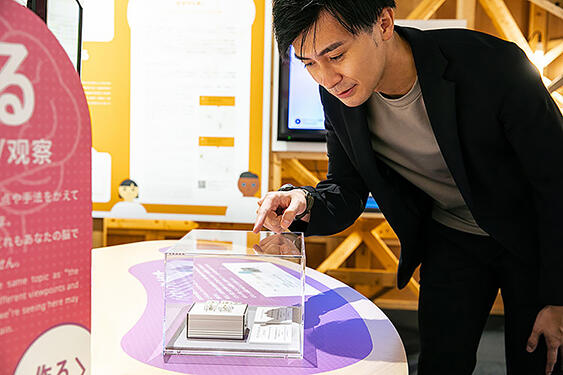
"There are times when communication with people moves us and shakes our sense of values. I want to implement that feeling in an exhibit. I would like to create an exhibition while thinking about what will impress people," says Matsuya.
Miyahara continued, saying that she thinks it would be good to have various exhibitions.
"Science exhibits tend to become things that 'explain something.' However, I would like to realize one that strikes a chord with visitors when they learn something new about science. For example, there are times when you are overwhelmed to see an exhibited art object. I want to make that happen in the context of science. I want to achieve a 'Chord striking' experience with science exhibits."
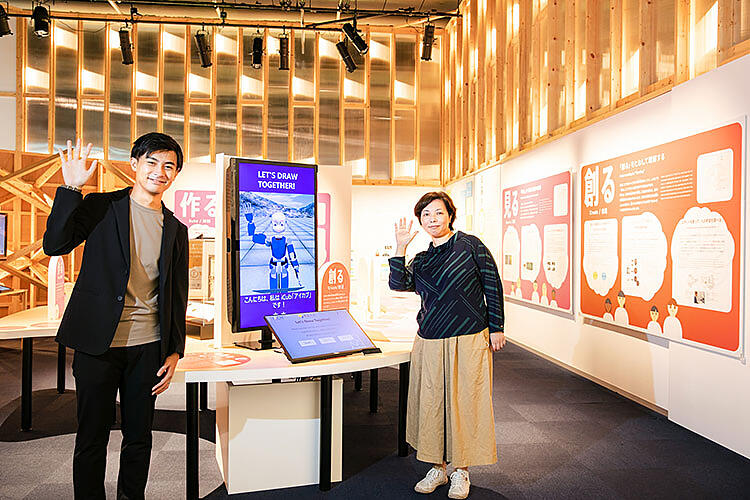
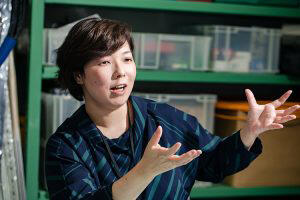
Yumi Miyahara
Deputy Manager, Office of Science Communication, Miraikan. Completed Fine Arts study at the Graduate School of Education, Chiba University. After working at places including Akiyoshidai International Art Village and Kyushu National Museum, she assumed her current position in 2008.
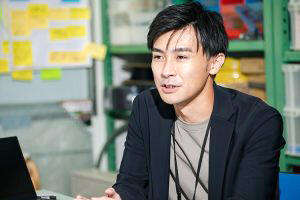
Ryosuke Matsuya
Science Communicator (SC) at Miraikan. Ph.D. in Science. Completed the Graduate School of Science and Technology, Keio University and has been an SC since the fall of 2017.
Original article was provided by the Science Portal and has been translated by Science Japan.




